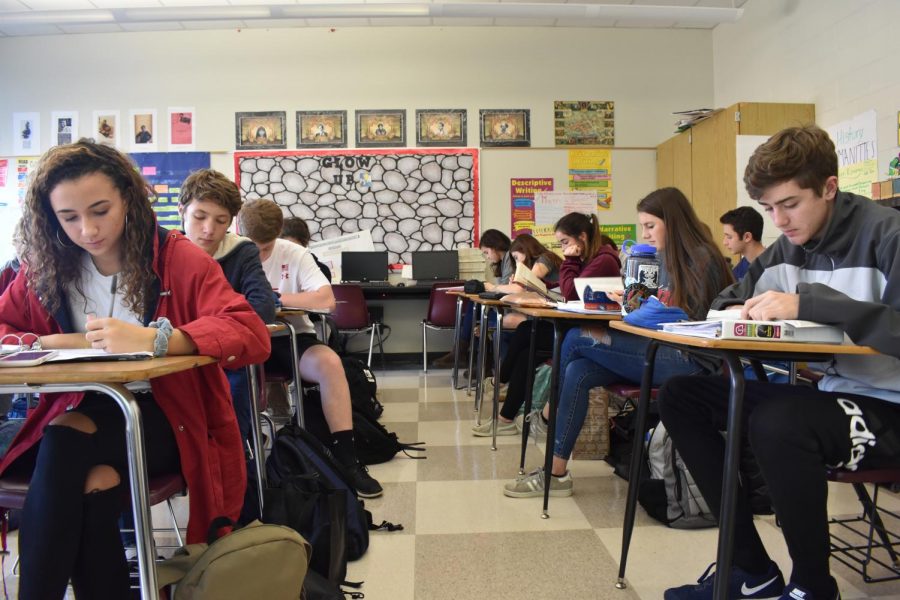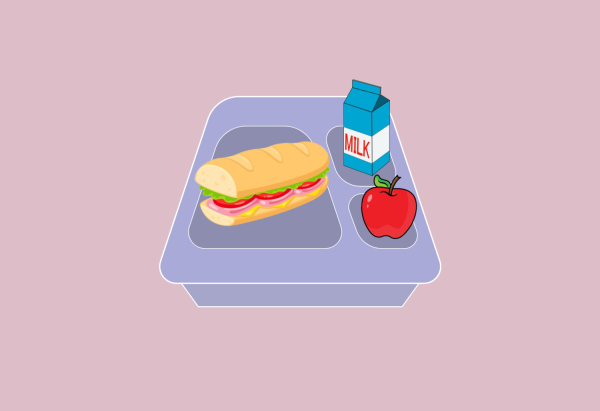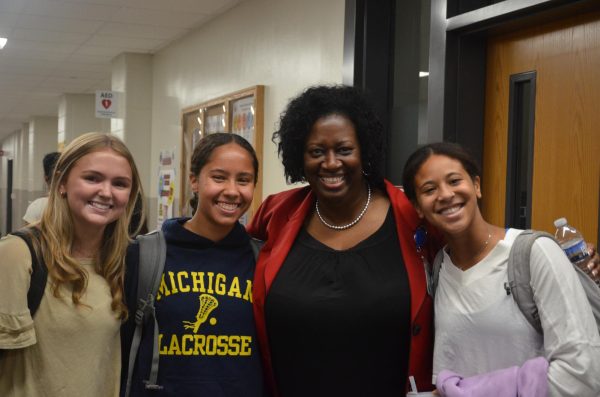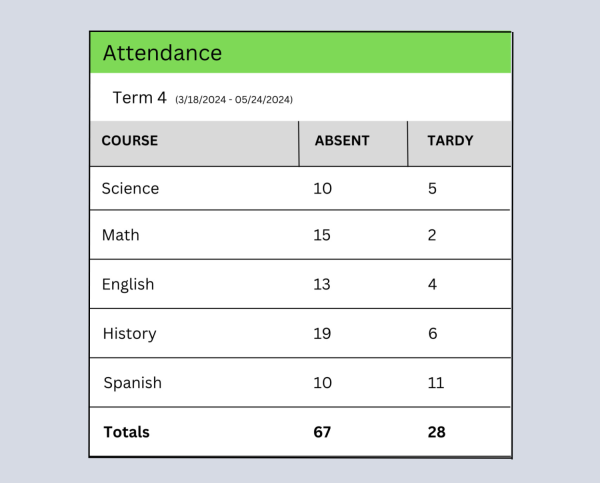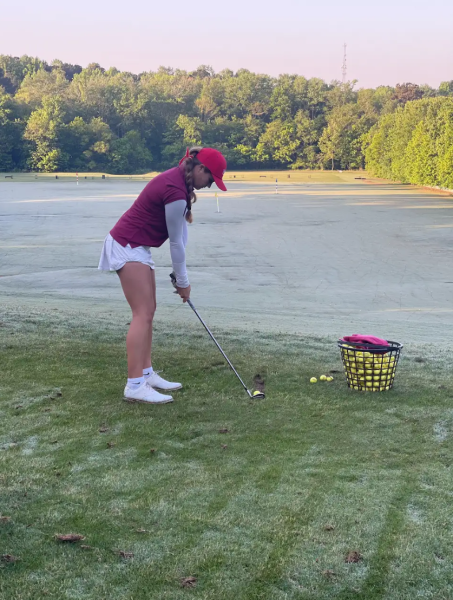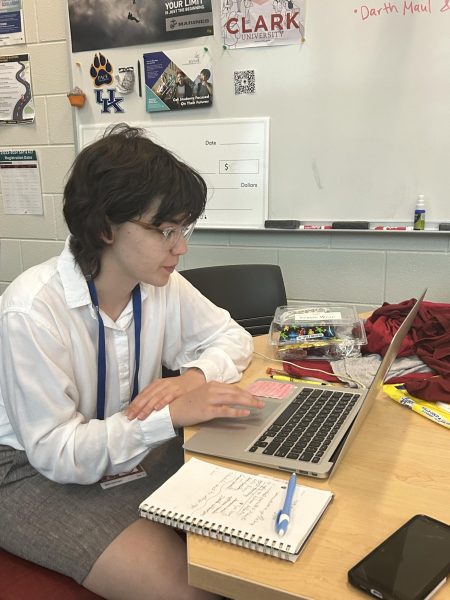Overcrowded classes impact learning experience
For many Grady students, the day begins as they squeeze into a first-period classroom of cluttered desks in search of a seat in the corner behind 30 other classmates.
With nearly 400 students, the freshman class this year is one of the largest ever at Grady. Consequently, many popular or required classes have large class sizes.
“My AP Human Geography class has [a lot of] students,” freshman Maeve Malaney-Lua said. “There is not as much one-on-one time with the teacher for everyone, which really impacts learning experiences.”
Latin teacher Amy Leonard teaches classes of all sizes. Of her Latin 3 classes, one has only has eight students, while another has over 30.
“A very small class can actually be a detriment to class discussion,” Leonard said. “It is very dependent on the chemistry of the class. The same applies to my larger classes, so it can have as much to do with personalities as it does with the number of people in the room.”
Dawn Wadsworth, who teaches art and photo classes, believes classes with too many students can negatively impact students. Her photo classes are capped at 21 students, which is necessary due to expensive materials. However, her art classes can have up to 32 students.
“An art class should be about the same size as a lab, which should be capped at 28,” said Wadsworth. “However, Grady classifies it as a regular class, which makes it hard to manage because art is not a class where students are sitting listening to a lecture. They are moving and working, and this makes it very difficult to work with if you have over 28 students.”
For art classes, students in large classes are limited by access to supplies and available space that the classroom can offer, according to Wadsworth.
“I have taught art classes with 40 kids in the class, and that makes it difficult to have enough supplies and space,” said Wadsworth. “Especially in an art class, too many students sitting shoulder to shoulder causes problems.”
Other students think larger class sizes are beneficial and can help prepare them for their futures more than small classes can. Sophomore Helen Moore, who transferred from Woodward Academy this fall, came from a school environment where classes typically only had 15 to 20 students.
“Smaller classes gave me the opportunity to have the full attention of my teacher throughout middle school when I needed it,” Moore said. “At Grady, classes are more like college courses since they are bigger. Large class sizes force students to go out of their way if they are confused or need help, but they are more realistic and better prepare students.”
For students who want smaller classes, Grady is working to accommodate them by trying to limit the number of overcrowded classes. For Principal Dr. Betsy Bockman, allocating enough teachers to certain subject areas is crucial to creating classes that are not too large.
“There is a sweet spot for class sizes between 20 and 25 students,” Bockman said. “In the past couple of years, principals [in the district] have been able to tailor the number of teachers and buy additional teachers to work on creating more classes with smaller sizes, especially in math and science.”
Grady will likely continue to seek solutions to limit the number of students per class or to ensure that classes sizes are balanced. The administration wants to guarantee that students are able to be as involved in the classroom as possible.
“Ultimately, having a class of over 30 means that the teacher will have more trouble teaching, and there will be too many fires to put out for any productive work to get done,” Leonard said.
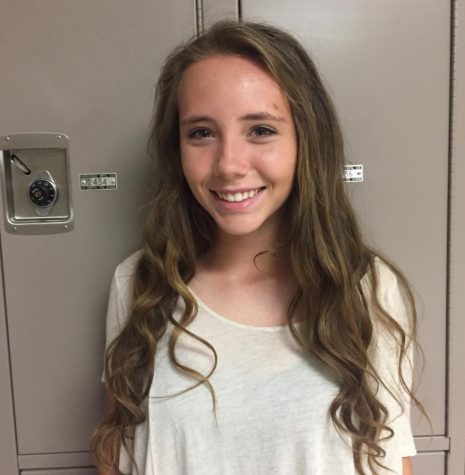
Sophie Rivard is a senior at Grady High School and the news section editor for the Southerner newspaper.
Morgan is a senior and this is her first year on The Southerner, but she is excited to be writing. When she is not writing she can be found in the theater...

